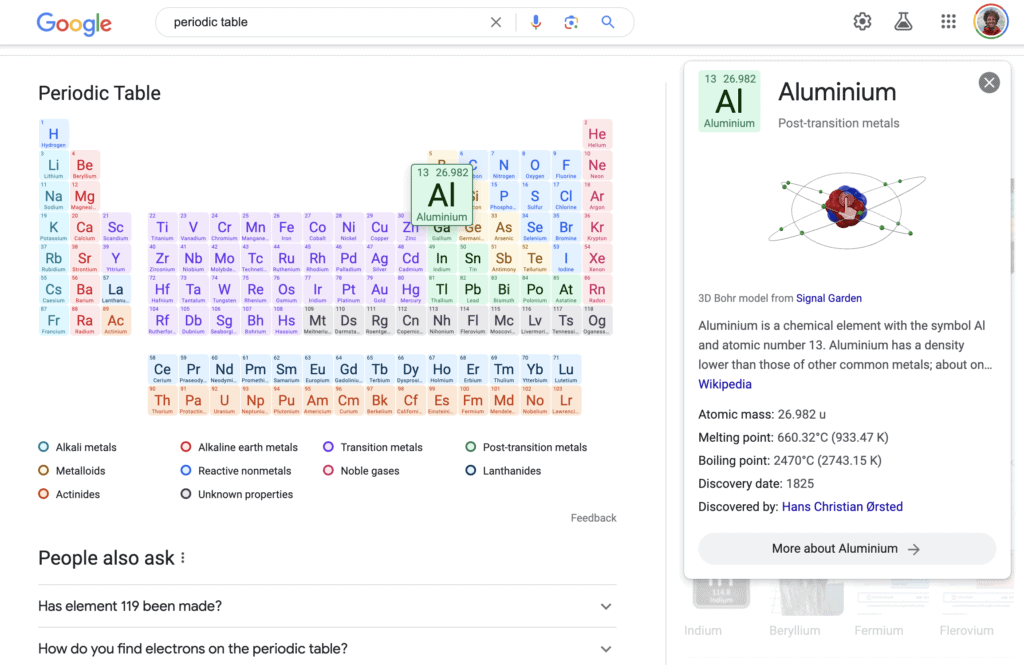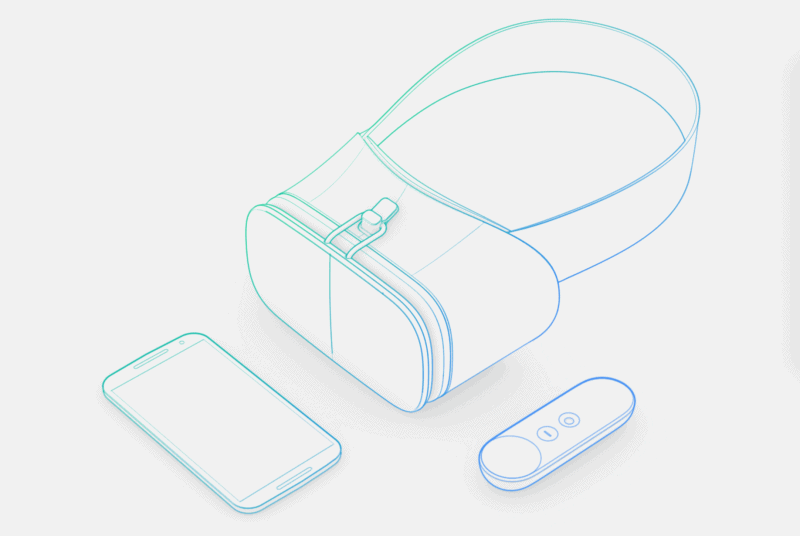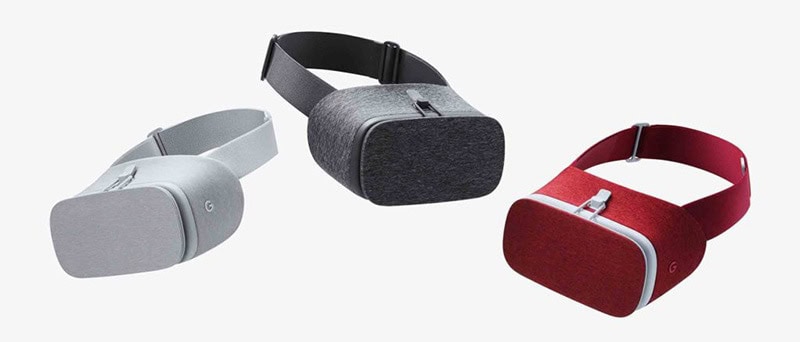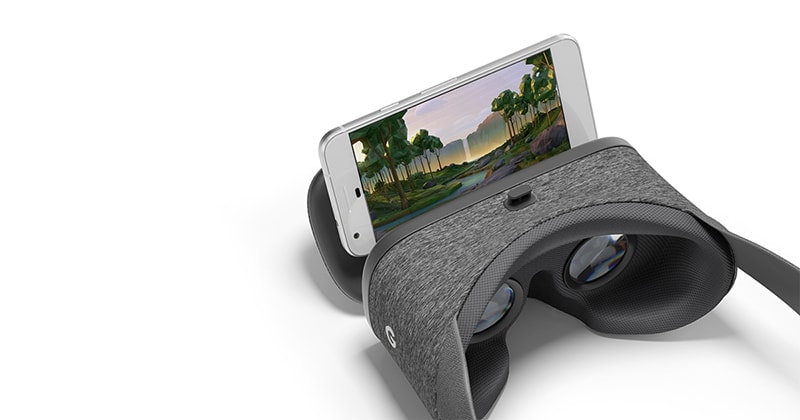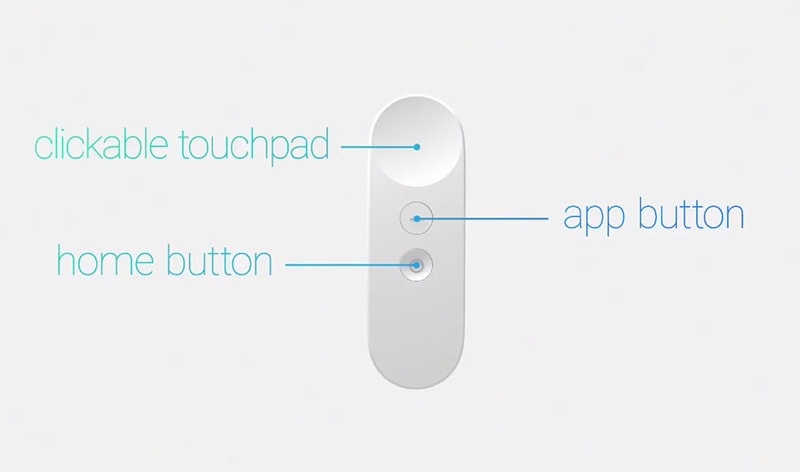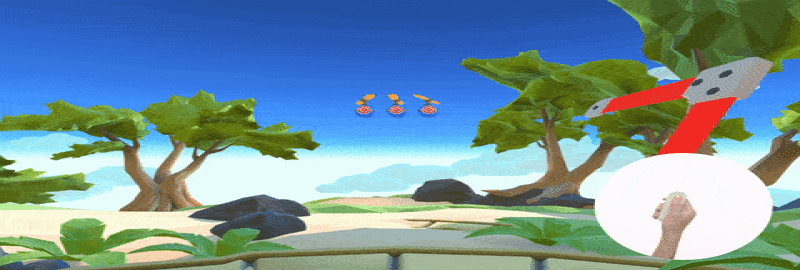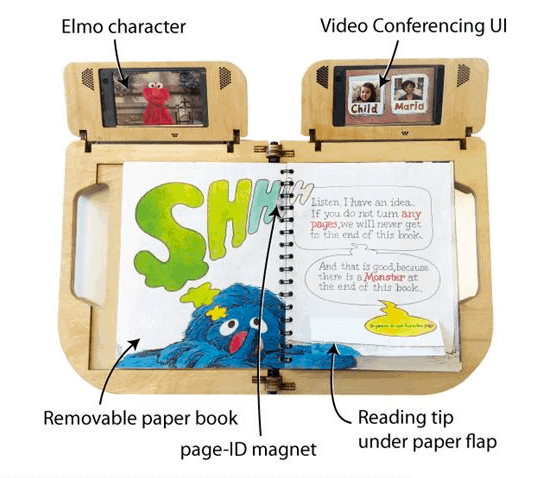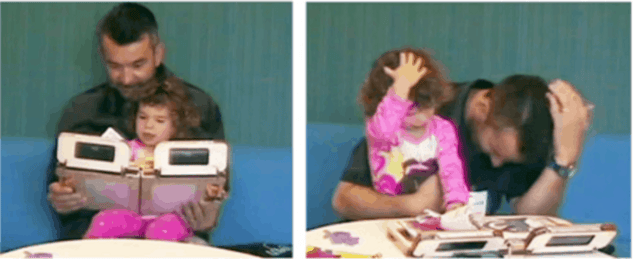About
Hayes Raffle is a technology innovator helping make Google’s core products like Search, YouTube and Gemini better for learning.
While spending a year traveling globally and researching technology use throughout the world, Hayes noticed how many people had access to a great phone and internet connection, but didn’t have access to great teachers. He became the UX Lead for Google’s LearnX team and built a cross-functional team of designers, researchers and engineers to develop educational experiences that can enable anyone to improve their life through learning.
In a previous chapter, Hayes helped develop Google’s AR and VR systems including The Daydream VR Headset for which he invented the input method and UI frameworks that became industry standard for mass-market 3 DoF VR systems. As a core team member of Google Glass, Hayes developed hands-free input methods for wearable computing such as eye gaze tracking, eye gestures and biometric input.
His work for children includes Family Communication tools for preschoolers to connect with long-distance loved ones. His toys and learning tools include the award-winning Topobo and ZOOB® building systems.
Hayes holds a Ph.D. and M.S. in Media Arts and Sciences from the MIT Media Lab, and a B.A. in fine art from Yale. He is inventor on over 70 US utility patents and has authored over 40 peer-reviewed academic publications in the areas of tangible media, technologies for learning, and virtual and augmented reality.

